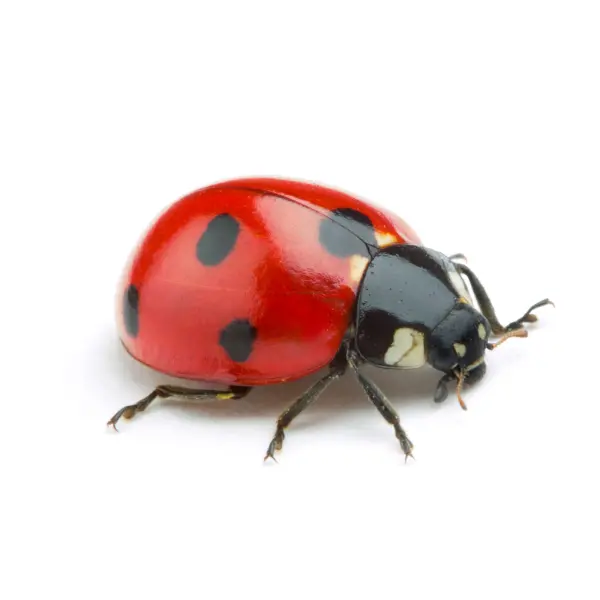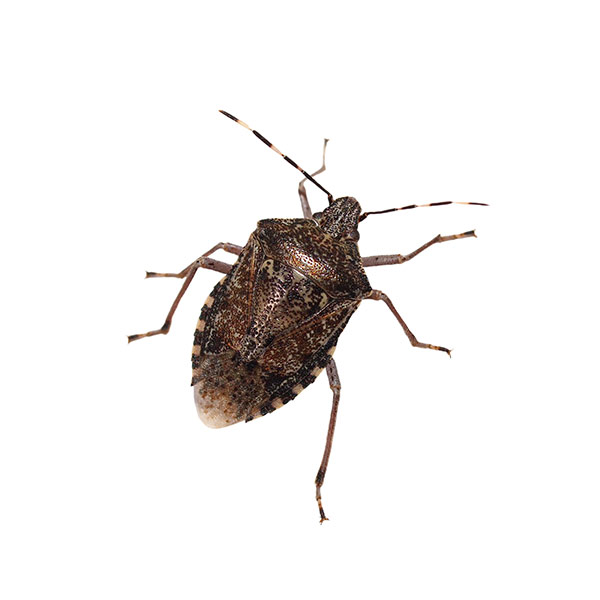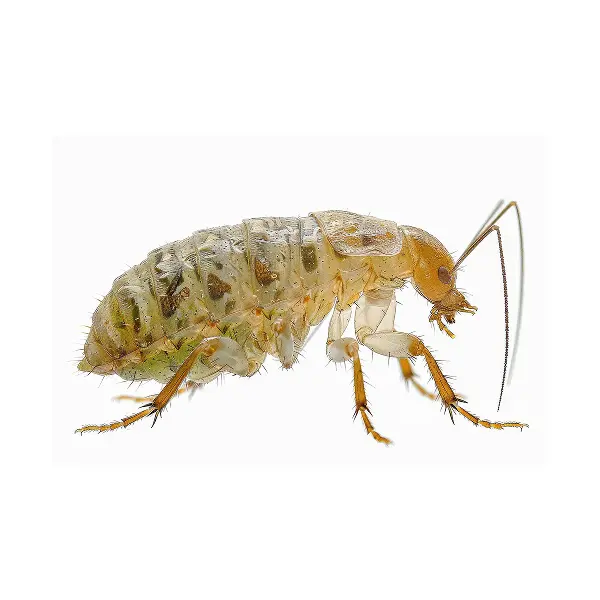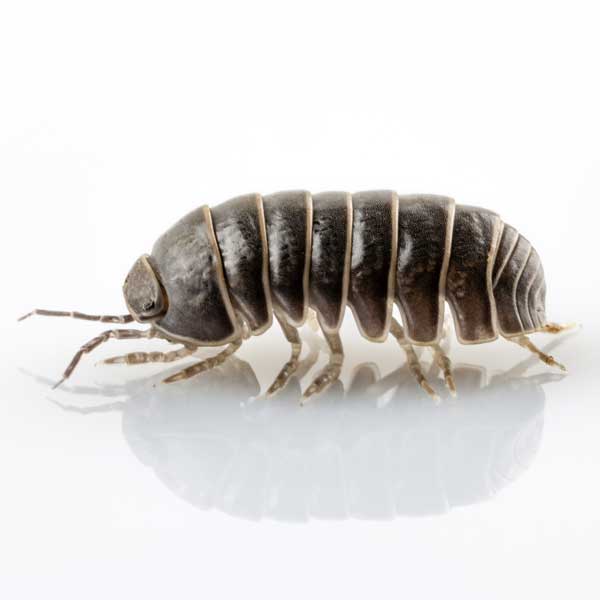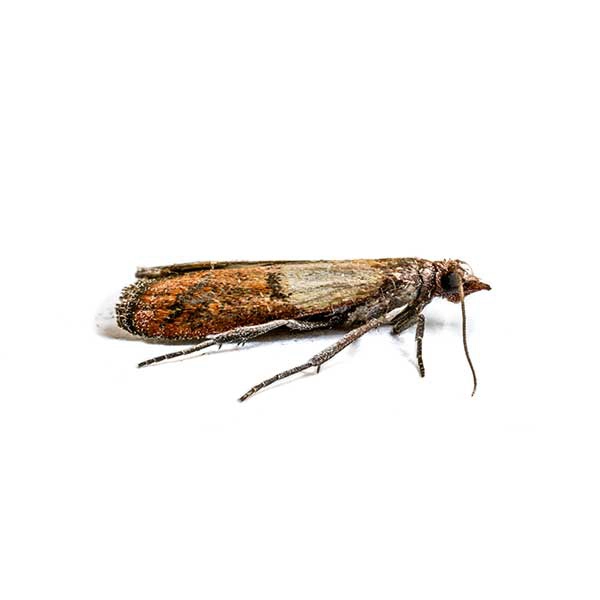Lady bugs are occasional invaders. Lady bugs overwinter inside homes and other buildings, typically entering inside in the late fall.
Description
Adult lady bugs have a distinctive appearance; they have a domed, oval-shaped body and are usually red, orange, or yellow, and have black spots on their bodies. Lady bugs have short antennae, and their head can tuck underneath their neckline-either partially or entirely.
Biology and Behavior
- The lifecycle of a lady bug includes four life stages: egg, larvae, pupal, and adult.
- Lady bug larvae are segmented, soft-bodied, bristled, and are mottled gray, black, or tan.
- Lady bugs are beneficial insects because they help to control aphid populations by feeding on them.
- Lady bugs are attracted to the sunny, warm sides of buildings making their way inside through cracks and crevices found in exterior walls.
- Once inside, lady bugs find their way behind walls, inside attics and crawl spaces, behind window frames, and underneath floors.
- When found in large numbers, lady bugs can leave behind an odor likened to burned rubber or hot tar.
- When the weather warms up in the spring, they will move back outside to begin feeding, mating, and laying eggs.
Lady Bug Prevention Tips
- Inspect the exterior walls of your home or other buildings sealing any cracks or crevices found.
- Caulk gaps found around windows and doors; install door sweeps underneath all exterior doors, especially basement doors.
- Make sure that vents have a secured cover over them and that chimneys have caps on them.
- Fill in spaces found around utility lines and pipes.
- Trim back trees and bushes and place garden areas a distance away from the outside of your home.
